Tucked in the rugged hills of North Rhine-Westphalia, far from the corporate buzz of Cologne or the regulatory corridors of Bonn, lies a beacon of continuity and craftsmanship: DARC Ortsverband Lennestadt (O28). While modest in its public profile, this radio club exemplifies how a small, well-rooted community can sustain a tradition of technical literacy and civic-minded experimentation in the digital age.
A Local Pulse in a Global Network
The O28 Lennestadt chapter is not a newcomer. With decades of quiet operation, it has become a dependable presence in the town’s civic fabric. Operating through its website www.ov-lennestadt.de, the group offers an unassuming but steady flow of resources and contacts for both seasoned operators and curious newcomers. At the helm stands Manfred Jung (DL5DAJ)—a name that, in regional amateur radio circles, carries the kind of quiet respect built over years of service, not splashy media.
Unlike larger metropolitan clubs that often serve as media hubs or contest dynamos, OV Lennestadt focuses on community resilience, technical mentorship, and the preservation of analog values in a digital era. It is less about grandeur and more about grounding.
Sauerland’s Stewards of Spectrum
In a region defined by forests, hills, and small towns, radio remains essential, both symbolically and functionally. O28’s members understand their spectrum access as a form of stewardship—radio waves as commons, not commodities. Local repeaters, emergency drills, and portable station experiments are not exercises in nostalgia. They are preparations, should the digital cloud ever go dark.
The Human Bandwidth
In conversations with O28 members, what emerges is not just technical know-how, but a culture of patience and mentorship. The club functions not only as a collective of hams, but as a multigenerational forum where skills are passed down—from analog circuitry to digital modulation techniques.
This emphasis on education—albeit often informal—echoes Germany’s broader tradition of Meisterlehre, the master-apprentice model. But here, the tools are soldering irons, SDR dongles, and callsign logs.
Conclusion: Signals from the Silent
In a time where attention is currency, OV Lennestadt’s low profile may be its greatest strength. It embodies the amateur radio ethos at its purest: experiment, educate, and connect—without fanfare, but with enduring impact.
As Germany’s amateur radio landscape evolves—with new digital modes, shifting spectrum policies, and generational turnover—it would do well to tune in to the quiet frequencies coming from Lennestadt. Sometimes, the most stable signals are those we don’t hear unless we know to listen.




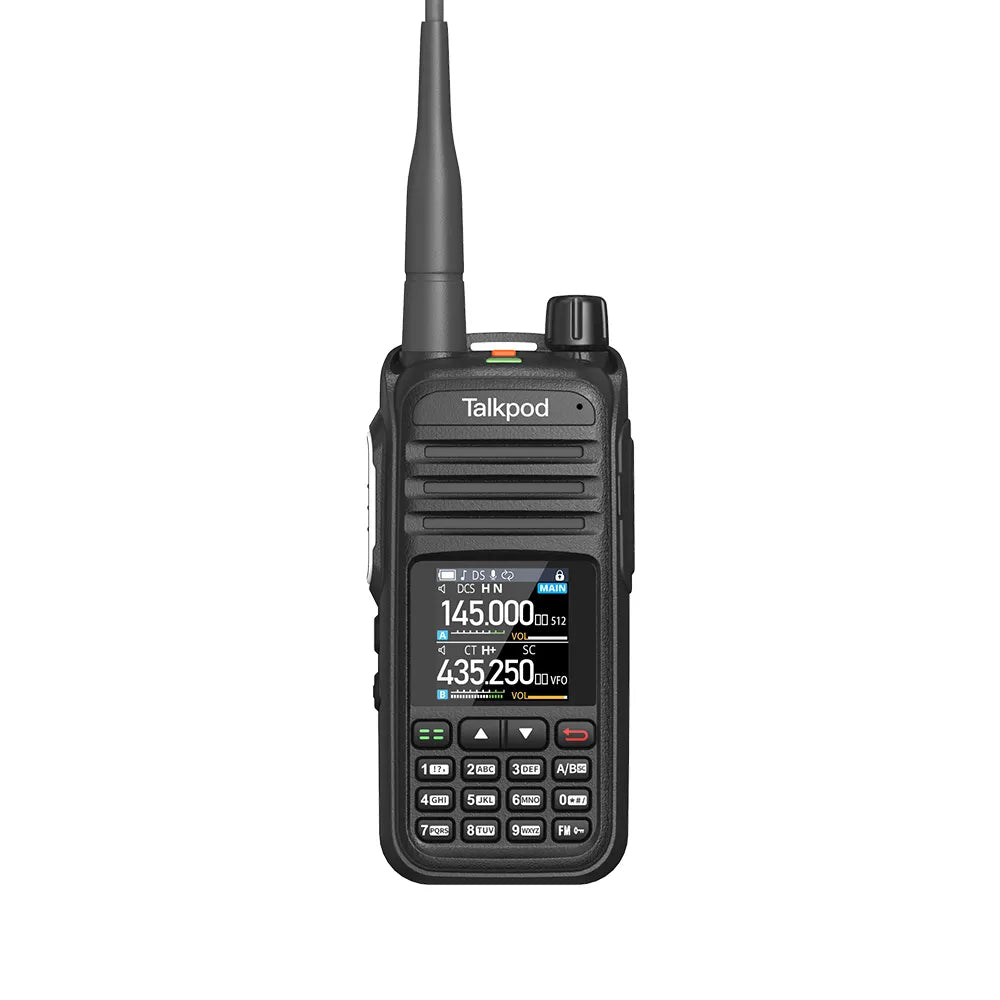
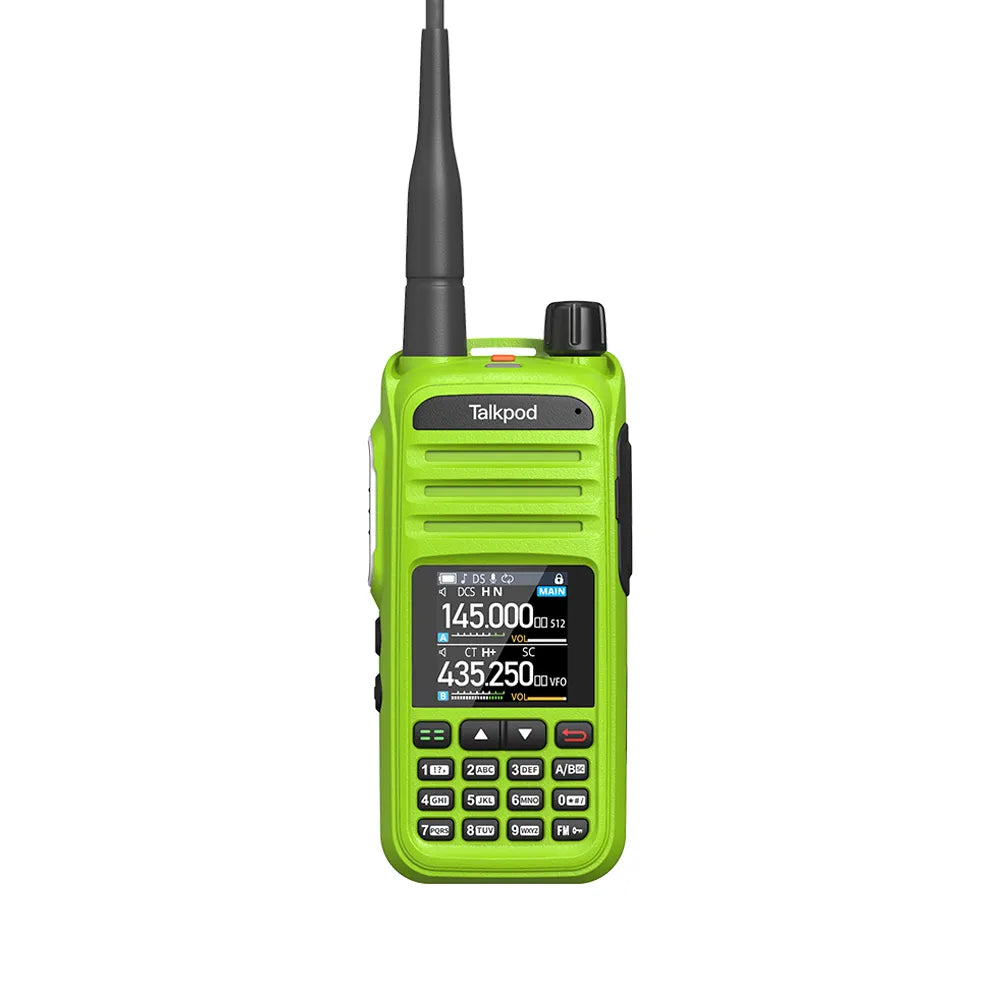
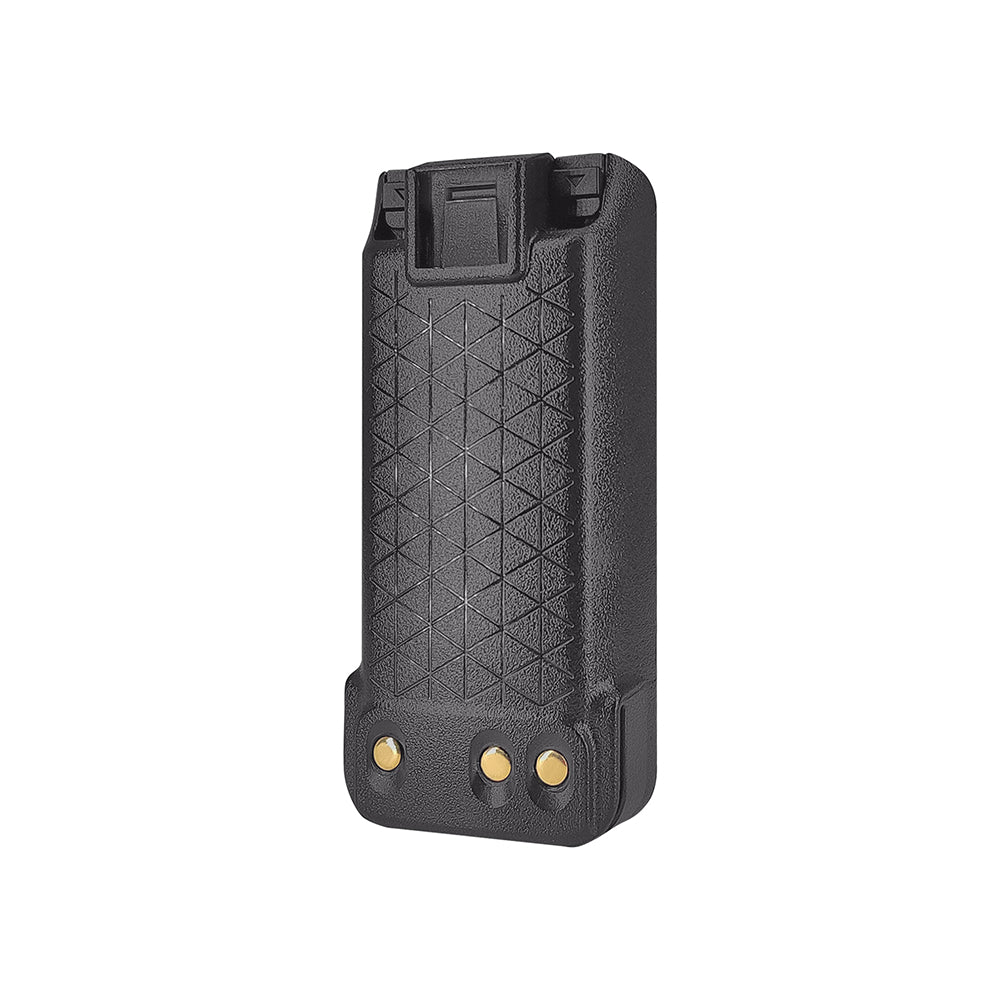

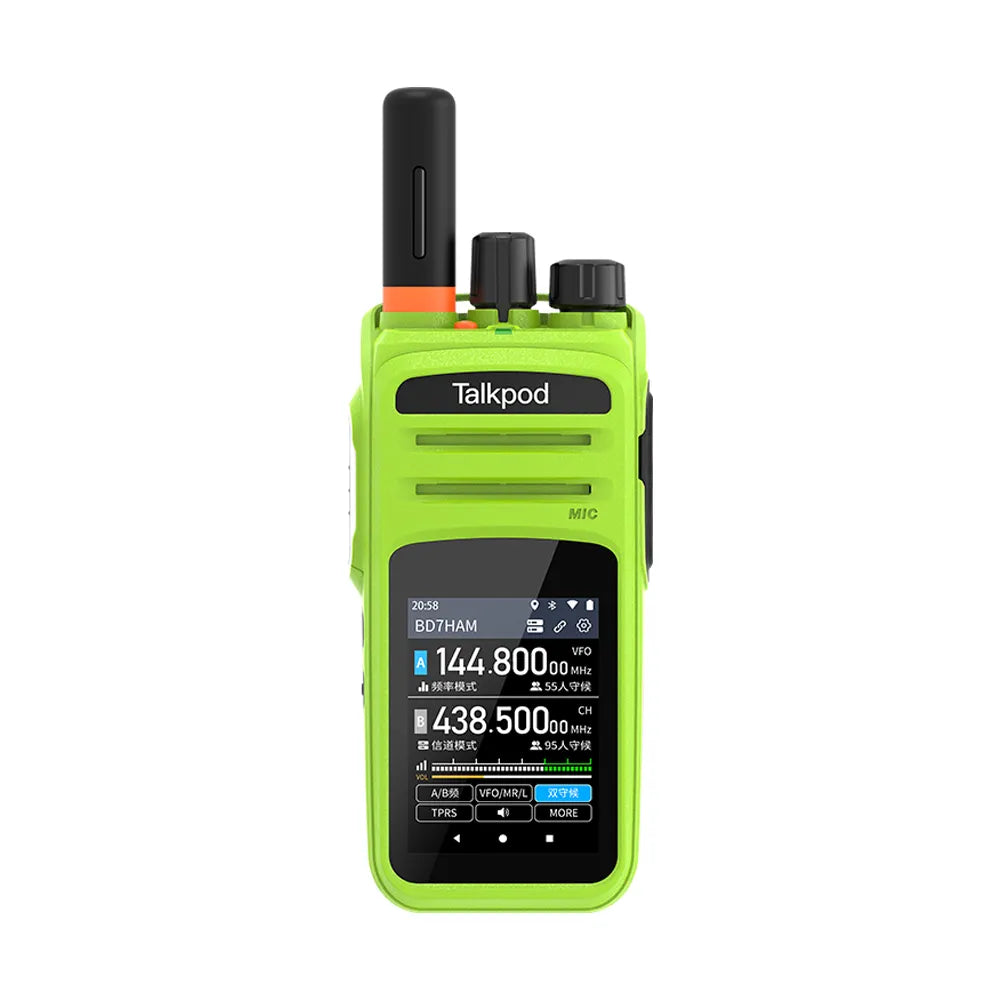
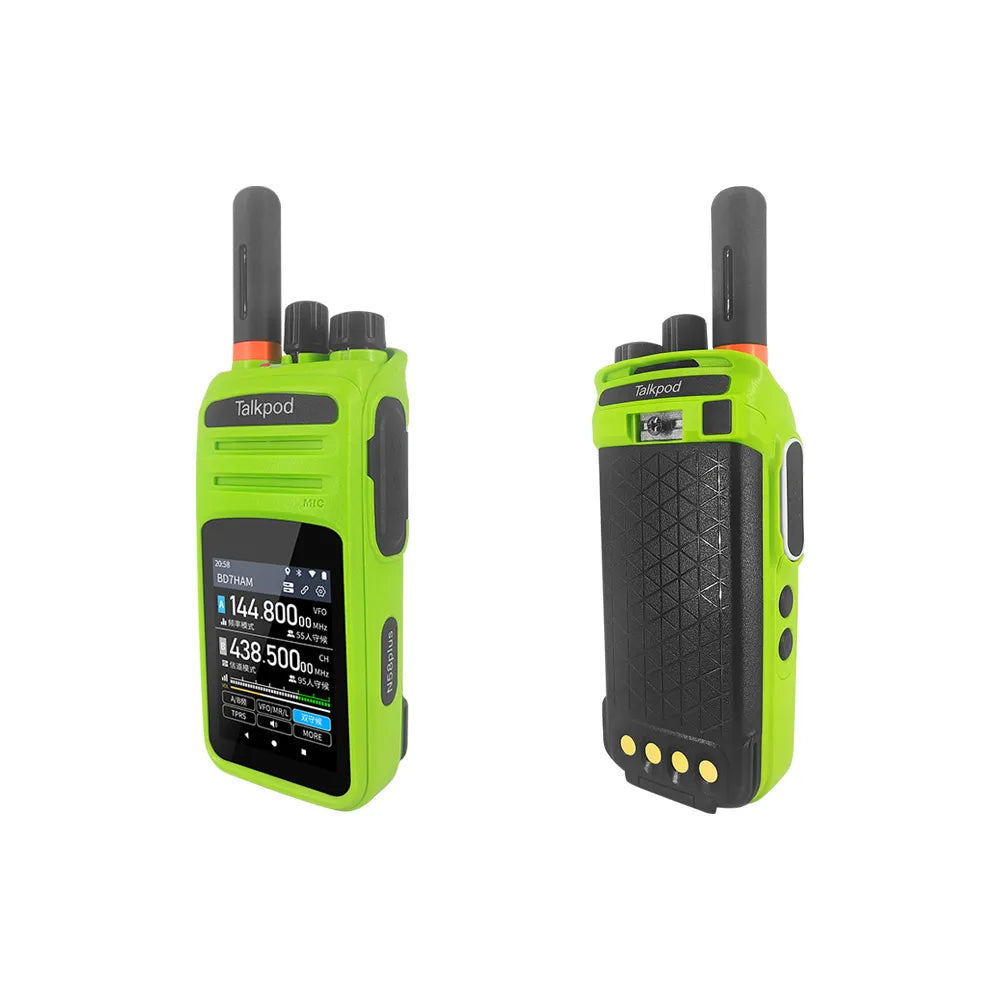
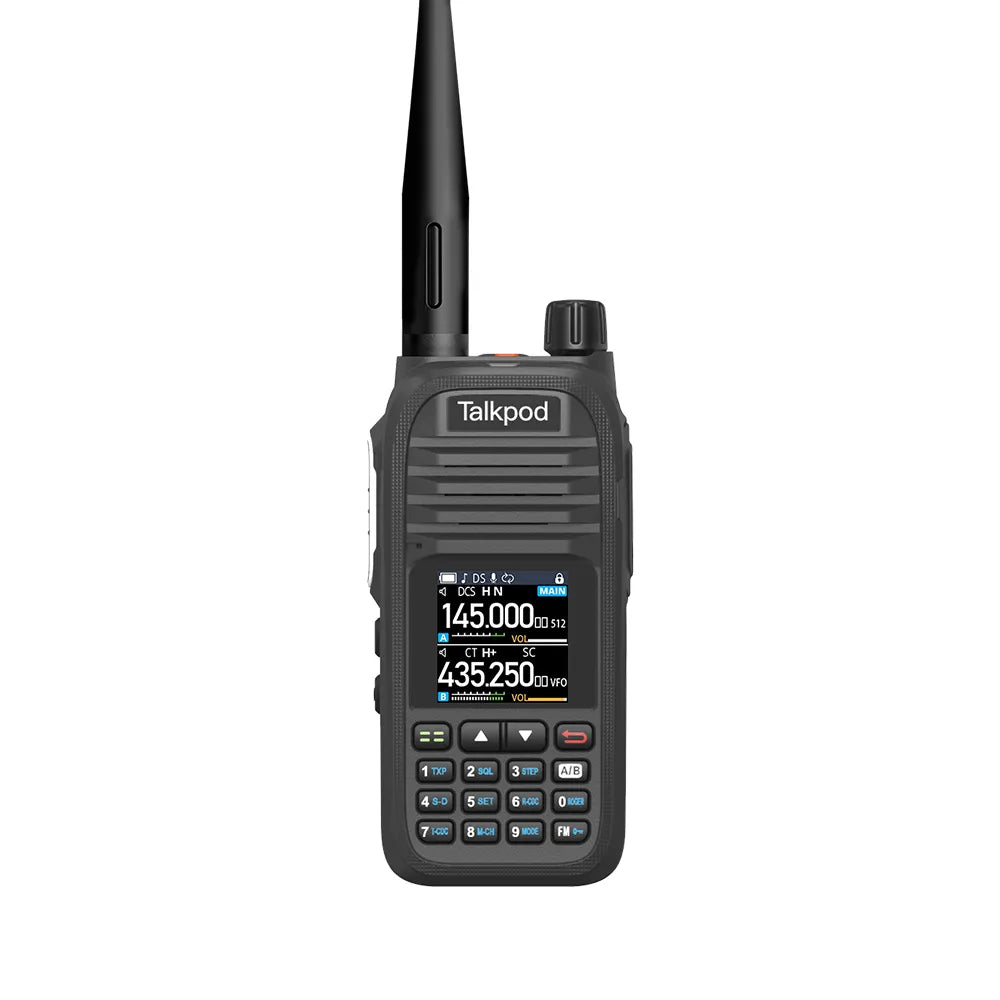

Leave a comment
All comments are moderated before being published.
This site is protected by hCaptcha and the hCaptcha Privacy Policy and Terms of Service apply.